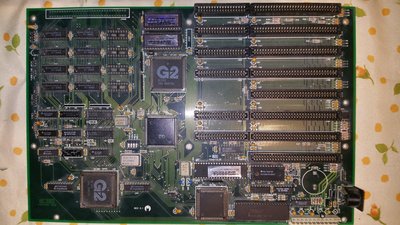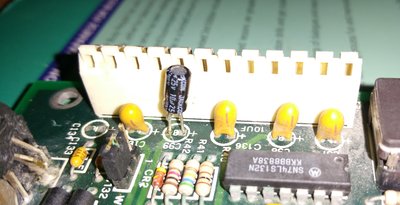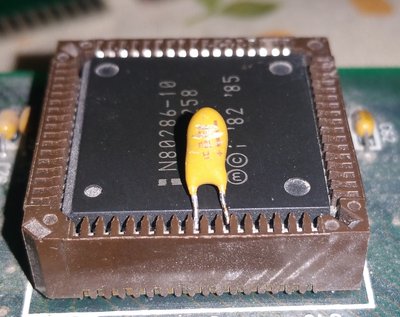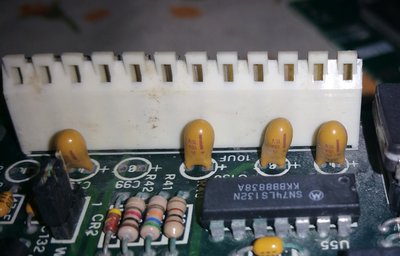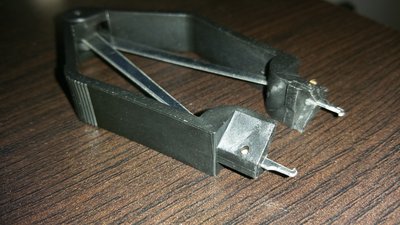First post, by anetanel
I found a 286 motherboard, equipped with an Intel 286-10Mhz CPU and a 287 co-processor.
I hooked it to an ATX power supply with an ATX to AT converter (this one: https://www.ebay.com.au/itm/4-PCS-ATX-20-PIN- … E-/261635278711), connected the speaker, an ISA VGA card and booted it.
It booted, beeped, and the display started showing text! It was in the middle of memory check when the PSU turned off.
I tried turning it on again but the PSU would immediately turn off again. I tried several other PSUs but the result was the same. I managed to detect that the 4th pin (-12V) on the motherboard is shorted to ground. I traced the.. umm.. traces, and found that the capacitor directly adjacent to the -12 pin is shorting. I de-soldered the capacitor and was able to find and solder a matching capacitor (10uF. I removed it from some cheapo modem that I had in my throw bin).
Now the PSU keeps running, but the computer does not boot anymore. The CPUs get warm.. even a bit hot. Not sure if it is normal.
But I get no beep, and no display.
I de-soldered the battery and cleaned the area a bit with alcohol.
I tried taking the 287 out but it didn't help.
Any Ideas?
